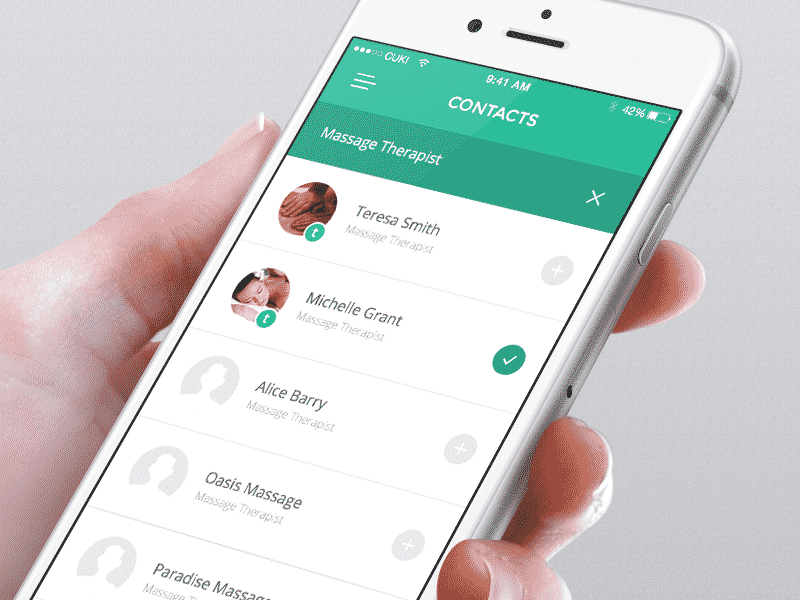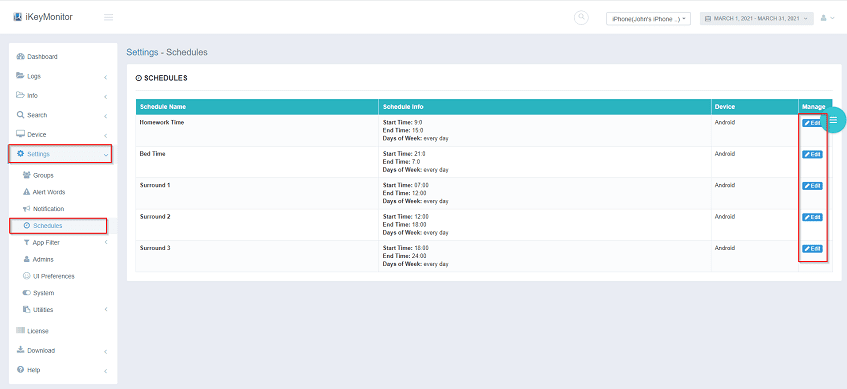NameDrop is Dangerous for Kids – How to Turn Off NameDrop on iOS 17 2026
NameDrop is a new feature in iOS 17 that lets you quickly share your contact info with another iPhone or Apple Watch by simply bringing your devices close together. It uses NFC and Bluetooth to create a secure connection, allowing you to select which details to share. While it’s convenient, NameDrop is dangerous for kids, as it opens the door to sharing personal information without much effort. By default, NameDrop is enabled in the Settings app under General > AirDrop. Here’s how you can turn it off to protect your privacy.
How Does The NameDrop Feature Work?
NameDrop, introduced in iOS 17, allows iPhone and Apple Watch users to effortlessly share contact information by bringing their devices close together. Here’s how it works:
- Proximity Sharing: Hold your unlocked iPhone near another iPhone or Apple Watch. The devices will recognize each other, and a NameDrop prompt will appear on both screens.
- Choose Sharing Preferences: You’ll have the option to share your contact details, receive theirs, or exchange information mutually.
- Select Information to Share: Before sharing, you can customize which details—such as phone numbers or email addresses—are included.
NameDrop utilizes AirDrop technology enhanced with NFC (Near-Field Communication) to establish a secure and efficient connection between devices. It’s important to note that NameDrop requires user interaction and consent; it doesn’t automatically share information without your approval.
Police Warn Parents About iOS 17 NameDrop Feature.
The recent news about police warnings concerning the iOS 17 NameDrop feature has raised concerns among parents. By default, NameDrop is enabled in the latest iOS update, allowing users to share contact information by simply bringing their devices close together. Some police departments have cautioned that this feature could put children at risk, as they might unknowingly share personal details, such as phone numbers, email addresses, names, or photos with strangers or potential predators. Authorities recommend that parents disable NameDrop on their children’s iPhones to protect their safety.
Why NameDrop is Dangerous to Kids?
The NameDrop feature in iOS 17, while convenient for sharing contact information, presents serious privacy risks for children. This feature can unknowingly expose personal details to strangers, making it a potential safety concern for young users. Here’s why NameDrop can be dangerous for kids and what parents should know.
- Accidental Clicks
Even adults can inadvertently click on “NameDrop” suggestions, especially when typing quickly or not fully comprehending the feature. However, accidental clicks are more frequent for kids less familiar with technology. These mishaps can lead to unintended sharing of personal information, exposing them to risks. - Exposure to Strangers or Predators
“NameDrop” can inadvertently disclose a child’s name, phone number, email, photo, or social media accounts to strangers or predators. This information could be exploited for stalking, harassment, or blackmail, posing significant dangers to a child’s safety. - Creating Uncomfortable Situations
Kids may face pressure to use “NameDrop” from peers or adults seeking their contact details. This pressure could result in uncomfortable situations where children struggle to decline or escape, potentially compromising their comfort and safety. - Loss of Privacy and Autonomy
The lack of control over who accesses their contact information is a significant concern. Parents or teachers using “NameDrop” to monitor or track a child’s activities, contacts, or location without their consent can infringe upon their privacy and autonomy. - Impact on Social Development
Over-reliance on “NameDrop” for communication might hinder face-to-face interaction, verbal expression, and understanding of nonverbal cues. This reliance could potentially limit a child’s ability to handle conflicts, manage rejection, or empathize, affecting their social and emotional development negatively.
What Should Parents Do to Protect Kids From NameDrop?
Given the potential risks NameDrop poses to kids, its convenience may not be worth the dangers. It’s essential for parents and educators to understand the feature’s implications and teach children how to use it safely. Here are some steps parents can take:
Turn Off The NameDrop Feature on iOS 17
To prevent your kids from accidentally sharing their personal details, disable NameDrop on their iPhones or set it to “Contacts Only” so they only share information with people they know. To do this, go to Settings > General > AirDrop > Bringing Devices Together, and either turn off the toggle or select “Contacts Only.”
Educate kids about the dangers
Teach your kids the importance of safeguarding their personal information, both online and offline. Explain the dangers of sharing passwords, bank details, or location with strangers. Help them understand the need for strong, unique passwords for their accounts and the importance of protecting their privacy.
Encourage kids to communicate with others in person or through other means
Encourage your kids to interact in person or through safer communication methods like phone calls, texts, or emails. Help them develop social skills such as listening and speaking, and teach them how to express their emotions in healthy ways, whether they’re feeling happy, sad, or frustrated.
Monitor kids’ use of NameDrop with parental control apps like iKeyMonitor
Using a parental control app like iKeyMonitor allows you to track your child’s activities on their device, including their contacts, messages, and app usage. You can also set limits on screen time and block access to potentially harmful content, helping keep your child safe while using their phone.
Use the iKeyMonitor Parental Control App to Protect Kids From NameDrop
iKeyMonitor is the best parental control app that helps you protect your kids while they use their devices. It lets you monitor what they share through NameDrop, set time limits on their screen use, and even block the feature if needed. You can also control which apps and content they can access, ensuring they’re not exposed to anything inappropriate. With iKeyMonitor, you can know you’re keeping your child safe and guiding their phone use responsibly.
Track Shared Contact Information
With iKeyMonitor, you can easily track the contact information your kids share or receive through NameDrop. This ensures they aren’t unknowingly exchanging personal details with strangers or unsafe contacts.

Set Time Limits or Schedules
iKeyMonitor lets you set time limits or schedules for your kids’ device usage, so you can control when they access NameDrop. You can block access during specific hours, like school time, bedtime, or family time. This helps keep them focused and reduces the chance of using the feature at inappropriate times.

Block Inappropriate Content
iKeyMonitor also allows you to block any inappropriate content your child might access or share through NameDrop. You can set up custom filters to block web pages, images, videos, or apps that contain violence, explicit content, drugs, or anything else you consider harmful.

In Conclusion
NameDrop can be dangerous for kids. So, parents need to talk to their children about using it responsibly and take steps to protect their privacy. With some awareness and the right tools, parents can keep things safe while still enjoying the convenience NameDrop offers on iOS 17.

Tags: dangerous, kids, namedrop, parental control, unsafe
Category: Parental Control Tips